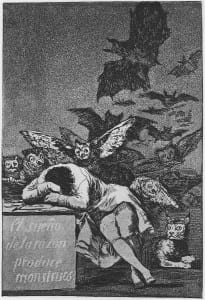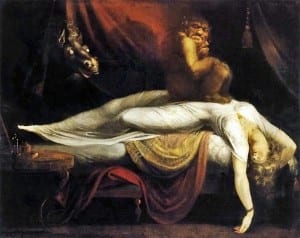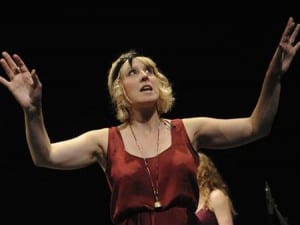*Appendices “The Liminal Experience”
Liminal
- Of or relating to a transitional or initial stage of a process.
- Occupying a position at, or on both sides of, a boundary or threshold.
“A kind of liminal experience undergone by audience/participants when engaged In the brief liminality, drama and film. Turner describes these aesthetic forms as representing ‘the reflexivity of the social process, wherein society becomes at once the subject and the direct object” (initiation and disobedience)
“the act of reading a story can become a small initiation, a movement away from old patterns of thinking into new and, ideally, better ones.”
In all of Angela Carter’s tales there are version of “The Bloody Chamber” usually represented through the idea of a room or a space. I think this would be a good concept to adapt in our piece, taking something simple such as a room full of mirrors and exploring what truly occurs in a space. In most of these spaces there is as a paradox between enlightenment and violence, innocence and experience – which is something we as a theatre company have been exploring in the children vs adult theatre.
Throughout all of Carters stories there is the idea of social change represented through a Gothic and almost timeless tradition. Something that i think lends itself perfectly to our manifesto as a tech heavy, spectacle group. It also is worth noting that to create a spectacle does not necessary mean there needs to be a stage full of props, elaborate lighting plans etc. Less is more when it comes to creating something symbolic of a time, a memory trace or even a simple border between two worlds, theatre vs reality, audience vs actor, young vs old, past vs present …
Many of the stories focus on the idea of liminality, of existing on the threshold between two places or states of being. This is something we can take, easily adapt, create something totality unique adapted from a small influence of Angela Carter, the threshold can be physically represented if we look back to the idea of the room that all her stories contain. A liminal space.
In literature, liminal spaces traditionally give the occupant both power and torment. At the same time, he or she is condemned never to be fully accepted in either state. What does it mean to separate the fairytale from the real life, why do we aspire for the ‘fairytale’ ending when what we are seeing is something of our own creation?
The two halves of the liminal being’s experience do not seem to make a satisfying whole. Carter explores liminality primarily through half-beings: werewolves, vampires, and the special case of Wolf-Alice, the hyphen in whose name pronounces her liminality most definitively. – Exploring the idea of the half being, why do we use metamorphosis in literature to address issues that we as human beings experience? Is there a truth we are trying to avoid? Why does Carter avoid using human beings in these roles?
Her more radical statement, however, is that all women are forced to live life as a liminal experience. The heroine in “The Tiger’s Bride” realizes this when she considers that men consider women as soulless and incapable as animals.” She is a human who is treated like a beast, and is therefore living as liminal and unfulfilled life as The Beast – as these themes are recurring in all of her stories, we do not necessarily have to restrict ourselves to three, if we are adapting and (rights restricted) then why not create our own concept of what it is to experience the fairytale, with echoes of traditional stories to make the comparison, creating ANOTHER liminal space not only on stage but between action and audience, what has happened somewhere in between the memory trace of a fairytale and the acceptance of more darker themes on stage and life.
The two worlds – the fairy tale world and the world of touristic experience – share the fact that in the ‘other’ world the hero behaves in a manner which differs from his or her usual behaviour. Both an act of storytelling that traditionally would take place in a liminal period of time and a journey away from one’s home convey the impression of being on the border of several different worlds.
“The transition from the ordinary environment to an extraordinary one is a
typical feature of fairy tales; the protagonist enters an unpredictable world, although
its beginning is familiar for him/her” (Liminality and the imaginary)


